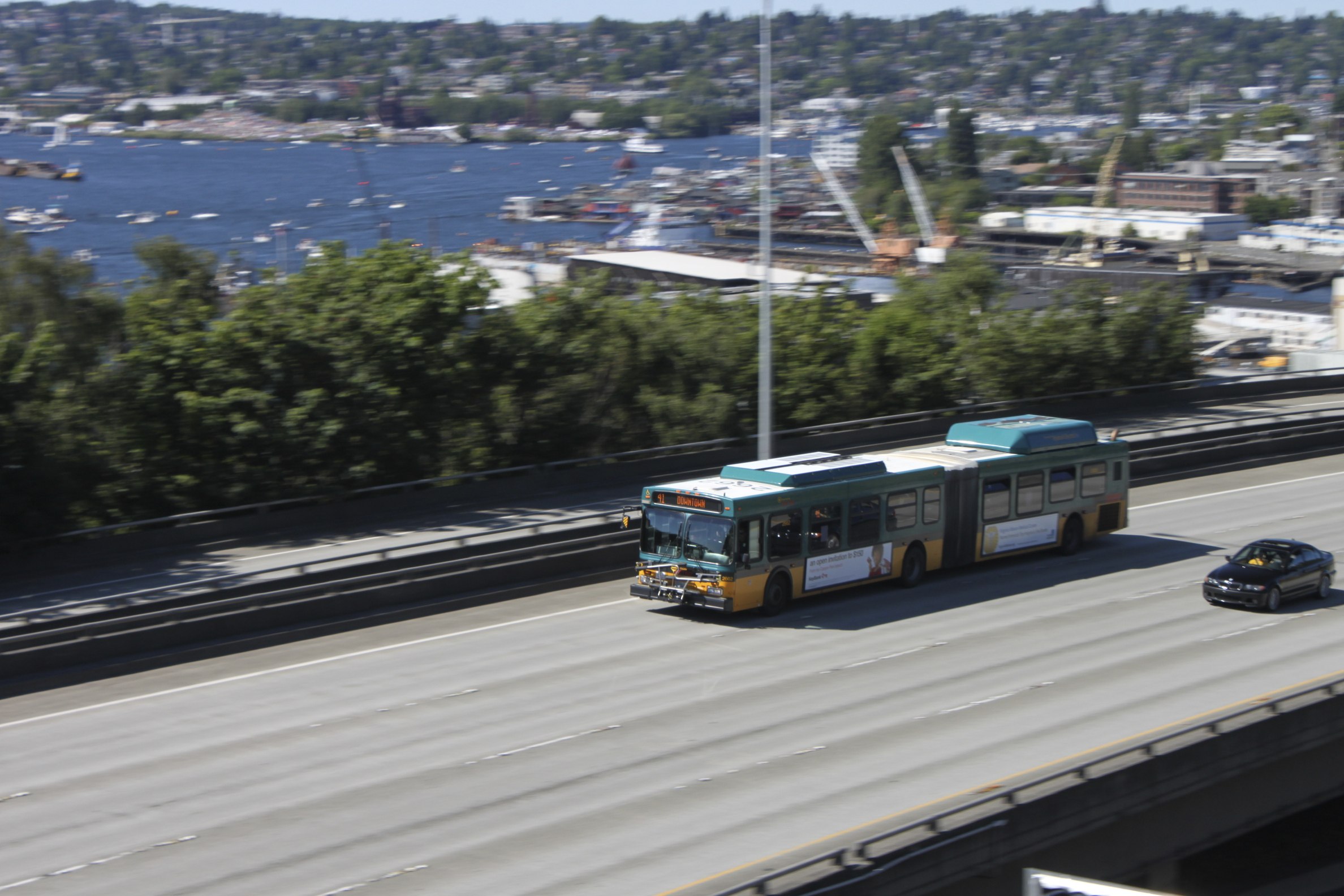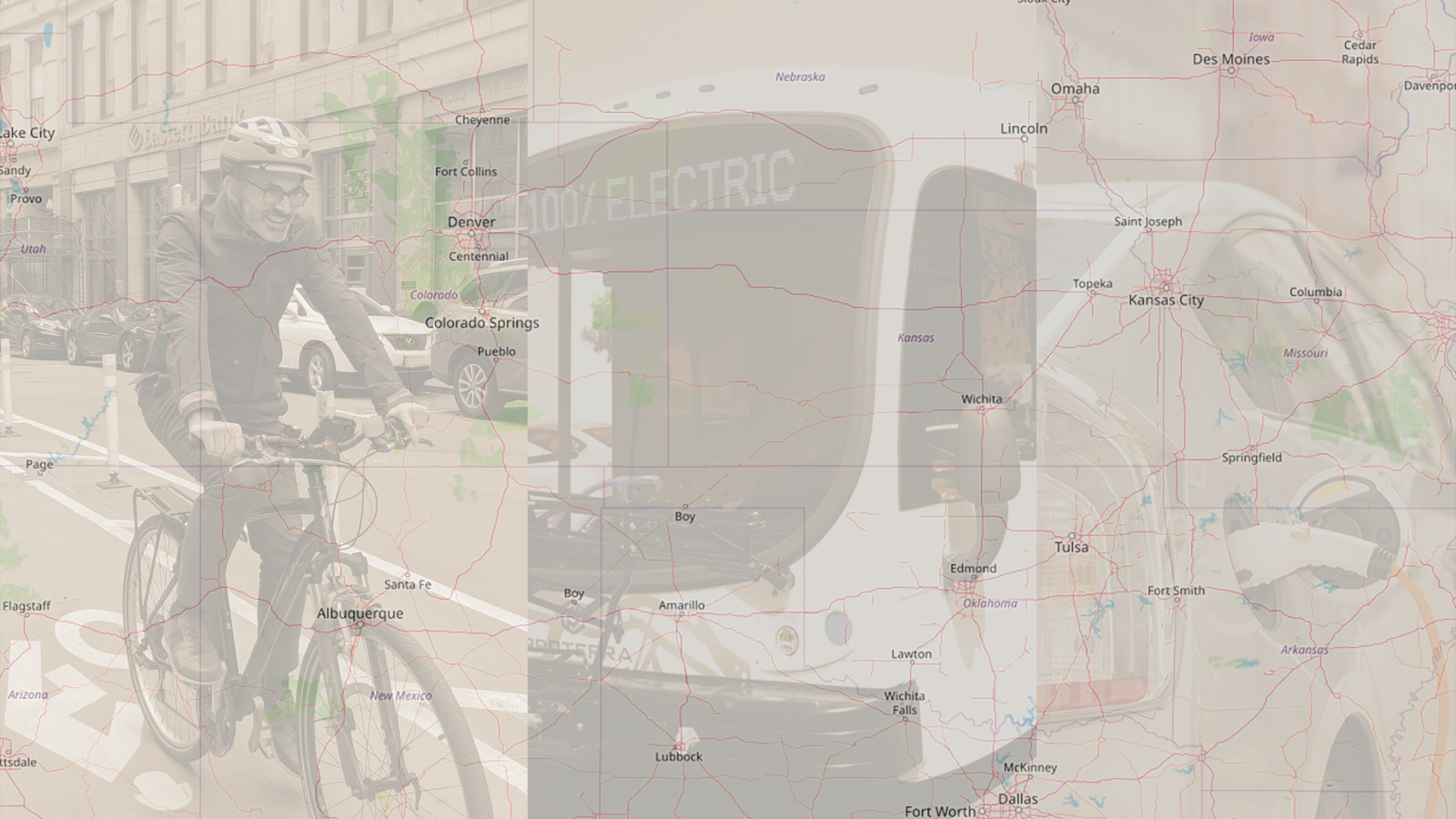
Rail Transit Works
Light Rail Success Stories from Across the Country
With Funding Areas, the Rural and Community Legacy Program, brownfield cleanup - Maryland has made a concerted effort to control sprawl. One tool that the state could make better use of is developing transportation alternatives.
Downloads
Maryland PIRG Foundation
With Funding Areas, the Rural and Community Legacy Program, brownfield cleanup – Maryland has made a concerted effort to control sprawl. One tool that the state could make better use of is developing transportation alternatives. Case studies of nine metropolitan areas across the country show that urban rail lines – whether light rail or heavy rail – carry more passengers than projected and can play a role in making cities stronger economic and residential centers. Maryland could capture some of these benefits by constructing a comprehensive rail system in Baltimore and surrounding communities.
Cities across the country that have invested in new or expanced rail service have experienced strong ridership.
– When Denver extenede light rail service to two suburbs, Littleton and Englewood, ridership in the first year was 40 percent higher than projected.
– In car-dependent Los Angeles, many commuters have turned to the subway. Planners expected 100,000 passengers on a new secion of the Red Line that had to add cars when ridership rapidly reaced 120,000 daily.
– St. Louis reintroduced rail service in 1993, decades after the city’s streetcar lines closed. Ridership by the end of the first year was expected to be 12,000 passengers daily. Actual use was 3.5 times higher, with 44,000 daily riders.
By increasing access to downtown, a rail system can encourage redevelopment of underused areas and enhance desireability.
– In Los Angeles, the opening of the Red Line has prompted renovations and new construction, rejuvenating the Hollywood area.
Topics
Find Out More


Green schools guide

Why privacy matters – even if you’ve got nothing to hide

